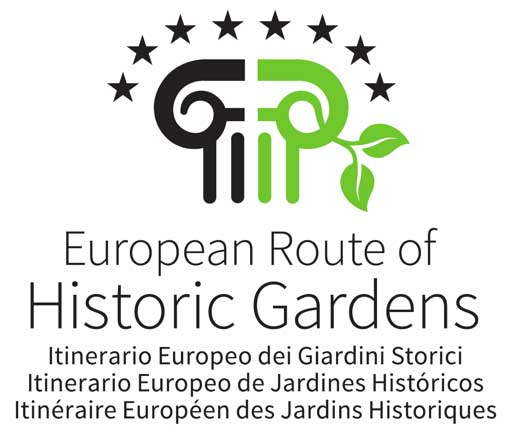European Route of Historic Gardens

“Cultural Route of the Council of Europe” certified in 2020

Historic gardens have shaped European culture and identity throughout times. They have always been related to places of great significance like royal estates, urban units or monasteries, nobility and bourgeois villas, that is, the residences and decision-making centres of historical figures. Transmitted from one region to another throughout Europe, shaping gardens and landscapes contributed to the development of professions around landscaping, engineering and gardening know-how and have also been inspirational sites for great artists and traditional events of society.
The route brings together gardens that comply with the definition of “Historic Garden” as established in the 1981 Florence Charter, adopted by ICOMOS in 1982.
 Heritage
Heritage
Since the start of gardening in Europe, historic gardens have conveyed a message of unity beyond political, linguistic and even climatic boundaries. In different moments in history, the garden culture has been established and plants, forms of parterres, cultivation habits have become a living proof of a common European culture. The presence today of similar plants and aesthetics are some characteristics that gardens, parks and spatial landscapes share all over the continent. Historic gardens are also a way to preserve century-old botanic knowledge that has been passed on through numerous books and encyclopaedias still used as reference for today’s gardeners and landscapers.
 Travelling today
Travelling today
Through their landscapes and plants, visitors travelling along the European Route of Historic Gardens are now able to experience different expressions of human creativity that shed a new light on our identity and on the mutual exchanges shaping our cultural diversity. The visit to historic gardens, as a multi-layered experience, helps to raise social awareness of the importance of natural environment, not only in our daily life but also for future generations.
 Council of Europe values
Council of Europe values
The European Route of Historic Garden contributes to raising awareness and knowledge of a common European memory, history and heritage by developing cultural ties and dialogue among Europe’s different countries and regions. With the purpose of protecting and promoting the common heritage of the European green legacy and identity, the route also fosters the sustainable development of our common space by promoting a sensitivity towards natural heritage and education through cultural tourism visits. All institutions involved in the Route defend the democratic values and the respect of human rights as well as the access to culture as promoted by the Council of Europe.
European Network of Historic Gardens
Masia de Can Saragossa
Avinguda Vila de Tossa, s/n
ES-17310 Lloret de Mar (SPAIN)
info@europeanhistoricgardens.eu
Łukasz PRZYBYLAK, President
Ana Rosa MORENO GARCÍA, Manager
Official website
www.europeanhistoricgardens.eu
Facebook
EuropeanRouteHistoricGardens
Twitter
@EU_Hist_Gardens
Instagram
europeanhistoricgardens
Linkedin
European Route of Historic Gardens
Youtube
European Route of Historic Gardens
Pinterest
European Route of Historic Gardens





